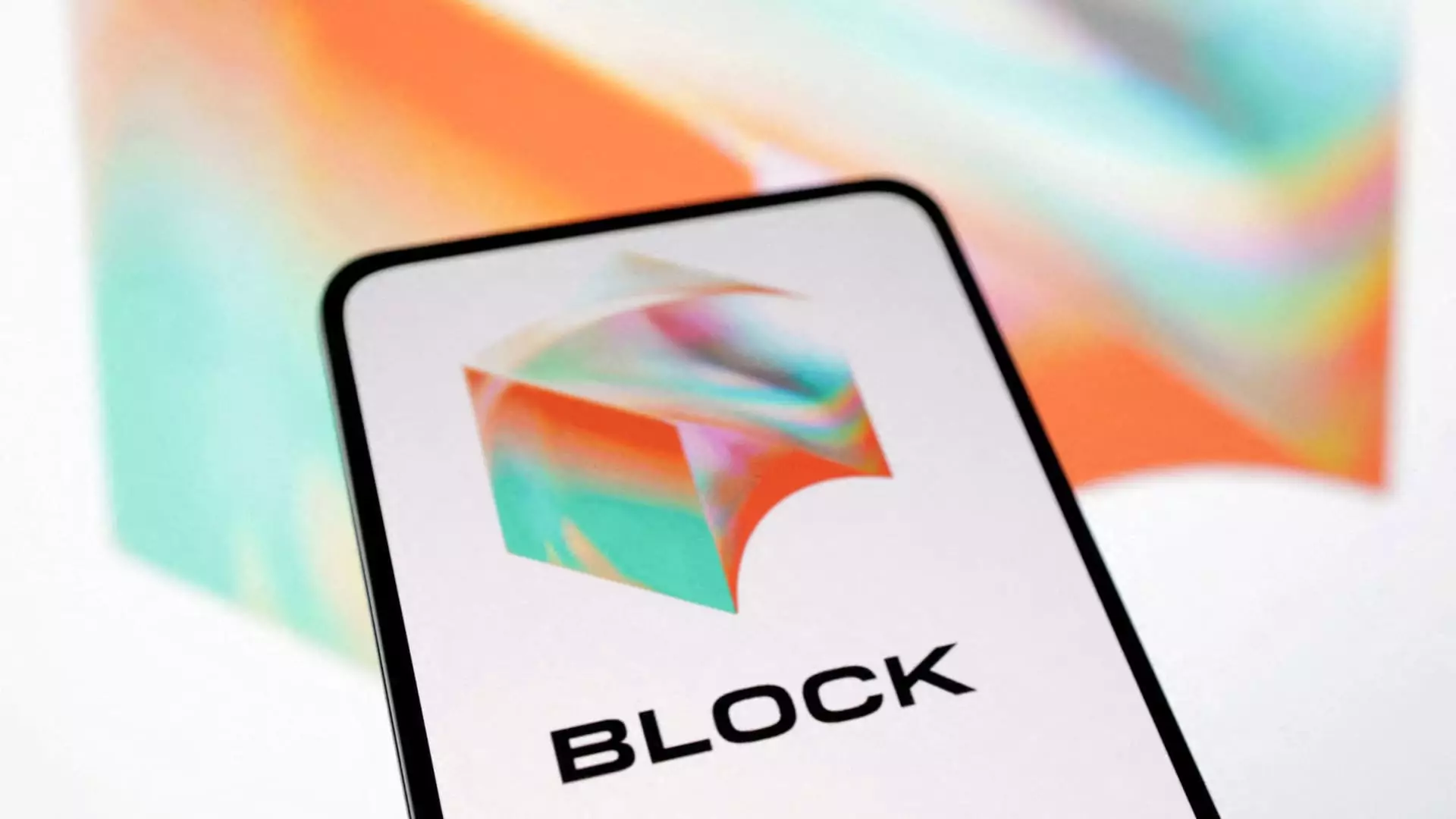In the ever-evolving landscape of fintech, Block, previously known as Square, has recently reported its third-quarter revenue figures, which have left investors with mixed feelings. While the company exceeded earnings per share expectations, the shortfall in revenue has raised eyebrows among analysts and stakeholders alike. The results have sparked not only a review of Block’s financial health but also an assessment of its strategic direction under the leadership of Jack Dorsey.
Block’s third-quarter revenue reached $5.98 billion, falling short of the $6.24 billion anticipated by Wall Street. Initially, the stock experienced a decline in after-hours trading, reflecting the market’s immediate reaction to the revenue miss. However, the company quickly recovered much of that ground, primarily due to a focus on gross profit figures, which have become a significant point of interest for investors. The adjusted earnings per share came in at 88 cents, slightly above the expected 87 cents. What is more striking is the gross profit, which surged by 19% year-over-year to $2.25 billion, showcasing the company’s ability to enhance its profitability metrics.
This divergence between revenue and profitability metrics can often signal underlying operational strengths, as Block’s ability to drive gross profit depicts a more nuanced performance than what top-line figures might imply. Positive growth in profit margins may indicate effective cost management and operational efficiencies that could bode well for future periods.
Highlights from Cash App and Other Businesses
A key driver of Block’s profitability is its mobile payment platform, Cash App, which produced $1.31 billion in gross profit, representing a substantial 21% increase compared to the same period last year. This platform continues to attract users, with an 11% rise in monthly active users of the Cash App Card, crossing the 24 million mark. Such growth indicates not only consumer confidence in the platform but also a potential shifting tide toward mobile payments, which could position Block favorably in the competitive space.
Nevertheless, the gross payment volume of $62.4 billion fell short of the $64.3 billion that analysts had predicted. Despite this, Block’s optimization of its cost structure and forecasted 14% growth in gross profit for Q4, anticipated at $2.31 billion, reflect strategic foresight in navigating current market dynamics.
As Block continues to pivot its strategy, a pivotal focus has been the expansion of its lending products. Having acquired Afterpay, a notable player in the Buy Now Pay Later (BNPL) sector, Block has positioned itself to make significant inroads in consumer credit. Dorsey’s recent communications hint at an ambitious agenda to integrate Afterpay into the Cash App Card, aiming to reshape it as a viable alternative to traditional credit cards.
Amrita Ahuja, Block’s finance chief, indicated that the utilization of artificial intelligence within their lending products plays a critical role. This technology facilitates quicker, smarter decision-making and enhances risk management, leading to commendably low loss rates—approximately 1% for BNPL and 4% for Square Loans. Such efficiency in underwriting might prove essential as consumer preferences increasingly lean towards flexible payment solutions.
Cost-Cutting Measures and Strategic Adjustments
In response to changing market conditions and internal reviews, Block has signaled a shift in focus by scaling back its investment in Tidal, the music streaming service, and winding down TBD, its Bitcoin-focused arm. The tough decision aligns with a broader cost-cutting narrative, which has undeniably become a hallmark of many organizations navigating the post-pandemic economic landscape.
Commentators like Kevin Kennedy from Third Bridge recognize that within Block’s ecosystem, the Cash App could soon evolve into an advertising platform that charges merchants for promotional services, further diversifying its revenue streams. Additionally, Block’s commitment to making Bitcoin accessible via Cash App—and its holding of 8,300 bitcoins worth approximately $630 million—illustrates its enduring interest in cryptocurrency, albeit with a more circumspect approach moving forward.
Block’s recent financial report reveals an intricate landscape marked by both opportunities and challenges. While the revenue figures fell short of expectations, the company demonstrated resilience in profitability metrics and user growth. As it forges ahead with plans to diversify its lending services and recover from recent cost adjustments, stakeholders will be keenly observing how these strategic moves will ultimately shape Block’s trajectory in the increasingly competitive fintech arena. The complex interplay of consumer behavior, digital finance trends, and operational agility will likely dictate the company’s directions as it seeks to solidify its role as a leader in innovative financial solutions.


Leave a Reply